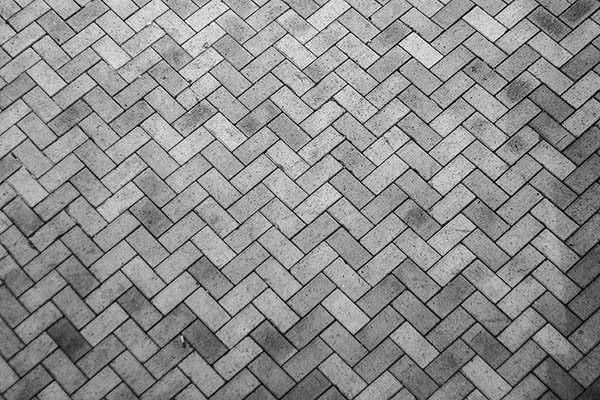Types of retaining walls – and which ones are the best choice for your project
Retaining walls are a great choice to enhance your landscape design, deal with a sloping site, add structural support to an area, provide flood and erosion control or create more usable space in your backyard. There are many choices when it comes to retaining wall materials – and it’s helpful to know the pros, cons and uses of each before you decide which one is best for you. Let’s have a look at some of the most common.
Timber
Advantages
Timber makes a fantastic-looking retaining wall, and is easy to install.
Disadvantages
It’s not as strong as other retaining wall materials, such as concrete or stone, and will eventually rot or be attacked by termites. A timber retaining wall will only last a decade or two. To ensure it lasts as long as possible, timber also needs regular maintenance and treatment.
Best for:
Natural-looking landscapes.
Stone
Advantages
Stone is a naturally strong and sturdy material, which creates a long-lasting, durable and reliable retaining wall. It’s also very natural-looking and will blend seamlessly with the surrounding landscape.
Disadvantages
Stone comes at a price – and it’s a hefty one. Stone is very expensive – in fact, it’s one of the most expensive building materials around – so if you’re on a budget, a natural stone retaining wall is probably not for you.
Best for:
Colonial, country or English-style gardens.
Concrete block
Advantages
Concrete blocks are extremely durable, often lasting a century or more, and will guarantee an extremely long-lasting and sturdy structure. Concrete block systems will interlock to create the retaining wall, which provides supreme strength, support and structure. A concrete block wall will remain strong and solid even when pressure is applied to the wall. Concrete blocks also require very little maintenance to stay looking good, and come in a range of colours, styles, sizes and finishes to suit any décor. Plus, you can create curved or circular walls with concrete blocks. The interlocking systems are easy to install, and well within the capabilities of your average home handyman.
Disadvantages
There aren’t too many disadvantages of concrete block constructions, although they can only be used to create walls under four foot tall.
Best for:
To create a stylish and sophisticated look for both home and commercial use.
Poured concrete
Advantages
Poured concrete provides the strongest type of retaining wall, stronger even than concrete blocks as the solid concrete is denser than the blocks. It creates a very stable wall.
Disadvantages
Solid concrete can be somewhat vulnerable to chemical damage, and may also be susceptible to cracking without some kind of structural support such as steel rods. It can also look very industrial, and needs to be installed by professionals.
Best for:
Industrial or commercial premises.
Brick
Advantages
Brick retaining walls are low maintenance and durable.
Disadvantages
Brick walls can’t compete with concrete and stone in terms of strength, and you can’t get interlocking wall systems for bricks that hold the wall together tightly. They’re also smaller than other types of material, and thus a brick retaining wall takes longer and is more labour-intensive to construct.
Best for:
Traditional homes and landscapes.
Of course, the best retaining wall option will come down to your individual needs, budget and preferences. But when considered objectively, the type with the most benefits and fewest disadvantages is concrete blocks. Concrete is the clear winner when it comes to durability, strength and ease of maintenance – plus a concrete block retaining wall is cheaper and more cost-effective than other materials. Concrete blocks are an excellent choice for most types of retaining wall, whether residential or commercial – and you can access a quality range of concrete blocks for retaining wall use here:
